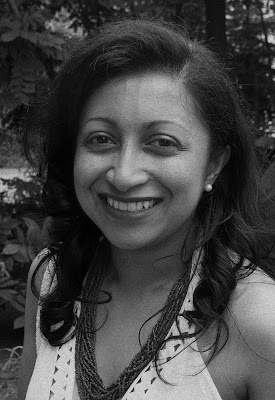 [Originally posted in June 2009 on my photo pages]
[Originally posted in June 2009 on my photo pages]I recently acquired a Sigma 10mm/2.8 fisheye lens, mainly for panography to replace the Peleng 8mm fisheye. I haven't really used a fisheye lens for "straight" (non-panoramic) photography but thought it could be interesting to try some street and candid photography with such a lens. The main challenge is that the wider a lens, the closer you usally have to get your subject to get a sense of perspective. So with a lens with a diagonal field of view of 180 degrees, it would be a steep learning curve to make the best use of this lens.
I decided to hop on a train to Edinburgh, it would also provide a slight change of scene from my usual haunts. One thing that Edinburgh can keep is the plethora of tourists it attracts compared to Glasgow. The streets throng with them, but one good aspect is that it was easier to blend in with my DSLR and picture taking antics.
The huge field of view presents a few technical issues. Depth of focus (not to be confused with depth of field) is very small so AF, on my camera body at least, has a tendancy for front-focus. Conversely, the huge depth of field means that this is not usally a problem. It is standard practice to manually focus the lens and then tape down the focus ring. Even at f/2.8 and the focus set close to infinity, this is sufficient for most shooting circumstance. Stopping down to f/5.6 (optimum aperture) leads to a depth of field starting at 45cm all the way to infinity.
Another issue with such a large field of view is metering. Most outdoor photos will include the sky, and it will be a large part of the image. Using evaluative metering, the camera will tend to set exposure for the subject and hence blow out the sky. Exposure compensation is recommended to balance the two. I find that centre-weighted metering and exposure compensation depending of the scene gives the most reliable results.
Of course the most noticeable aspect of a fisheye lens is the geometry of the projected image. Fisheye projections are a class of mappings between the incident angle of a light ray from the scene and the distance on the image plane from the lens axis. The canonical fisheye mapping is a linear map between angle and distance. Other similar mappings may deviate slightly from this linear relation but may preserve other geometric feature such as angles (conformal maps) or areas (equal-area maps). A rectilinear (normal lens preserving straight lines) map has a singularity at the 90 degree incident angle. The Sigma 10mm seems to be close to a "classic" fisheye mapping between incident angle and distance on the image plane.
This fisheye geometry looks unsusual to us as we are used to rectilinear lenses which preserve straight lines. A rectilinear mapping has a practical limit of about 120 degrees field of view due to stretching (and geometrical vignetting, the fact that the same amount of light is spread over a greater amount of image area far-off the lens axis) near the corners. Fisheye mappings thus are better able to cover large angles of view (the 6mm Nikon fisheye lens covers 220 degrees on 35mm format) hence opening up new possibilities for creative imaging.
The challenge is to use the large field of view without the "look" becoming cliched, but that is an issue with any technique in photography.





